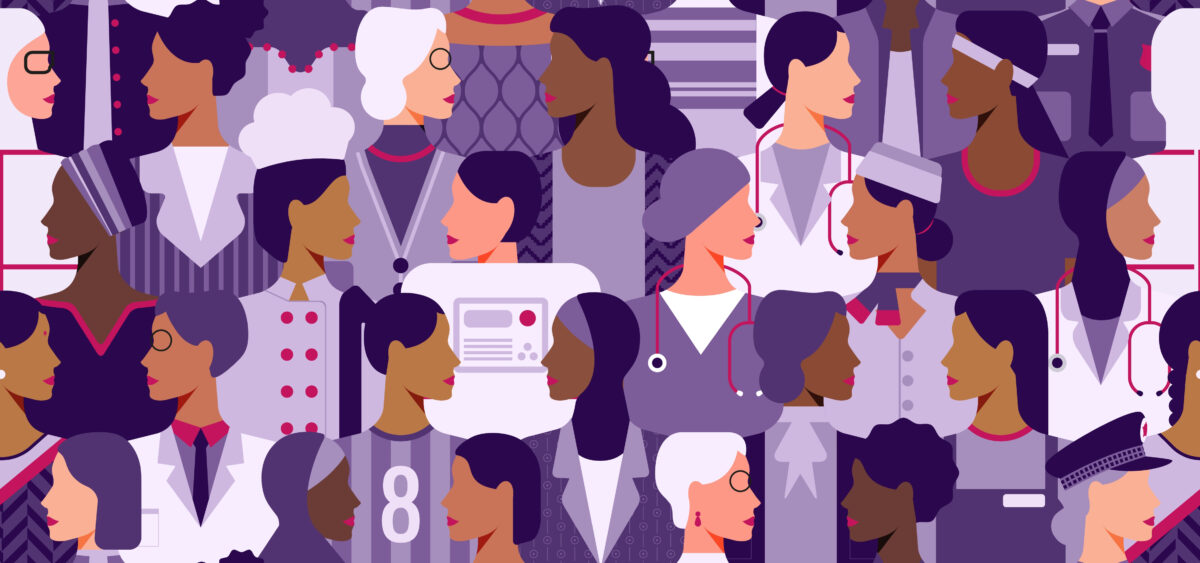August 26th marks Women’s Equality Day, a holiday that commemorates the 19th Amendment to the U.S. Constitution, which granted women the right to vote.
That being said, while the suffrage movement was a milestone for women’s rights, we must also acknowledge that it did not fully encompass the experiences of all women.
Here’s why we must keep the concept of intersectionality in mind as we celebrate this holiday:
The History of Women’s Equality Day
Women’s Equality Day was designated as a national holiday in 1973, created in order to recognize the hard-fought battle for women’s suffrage in 1920. Mere days prior, on August 18, Congress officially ratified the 19th Amendment, which solidified the right of most American women the right vote.
That being said, it only represented one step towards equality for all women.
Black women and women of color were still facing significant barriers to voting, as well as employment, education, and other opportunities. In fact, it wouldn’t be until 1965 — a full 45 years later — that Black women would be granted the same voting rights.
All About Intersectionality
As we celebrate Women’s Equality Day, it’s crucial to recognize the importance of intersectionality in our understanding and advocacy for gender equality.
Intersectionality, a term coined by Kimberlé Crenshaw, reminds us that women’s experiences are not homogeneous and are significantly influenced by other aspects of their identities such as race, class, sexual orientation, and disability status.
Recognizing intersectionality ensures that we don’t just fight for the equality of women in a monolithic sense, but that we advocate for all women, acknowledging and addressing the unique challenges faced by those who belong to multiple marginalized groups.
In this way, intersectionality enriches our understanding of women’s rights and helps us build a more inclusive and equitable society.
S.H.E. Matters During and Beyond Women’s Equality Day
Employers must consider the ways in which various systems of oppression can impact their employees.
The pay gap, for example, is not simply an issue of gender; it is influenced by race and ethnicity, as well as other factors. Understanding these intersections is crucial when working to create an equitable workplace.
Overall, Women’s Equality Day is an important reminder of the progress that has been made over the years, but it is also an opportunity to analyze the work that still needs to be done to achieve true equality.
But what do you think? We’d love to hear from you!
Please reach out to us or visit our S.H.E. Matters page to send in a submission for our review, and stay tuned here for more information!



